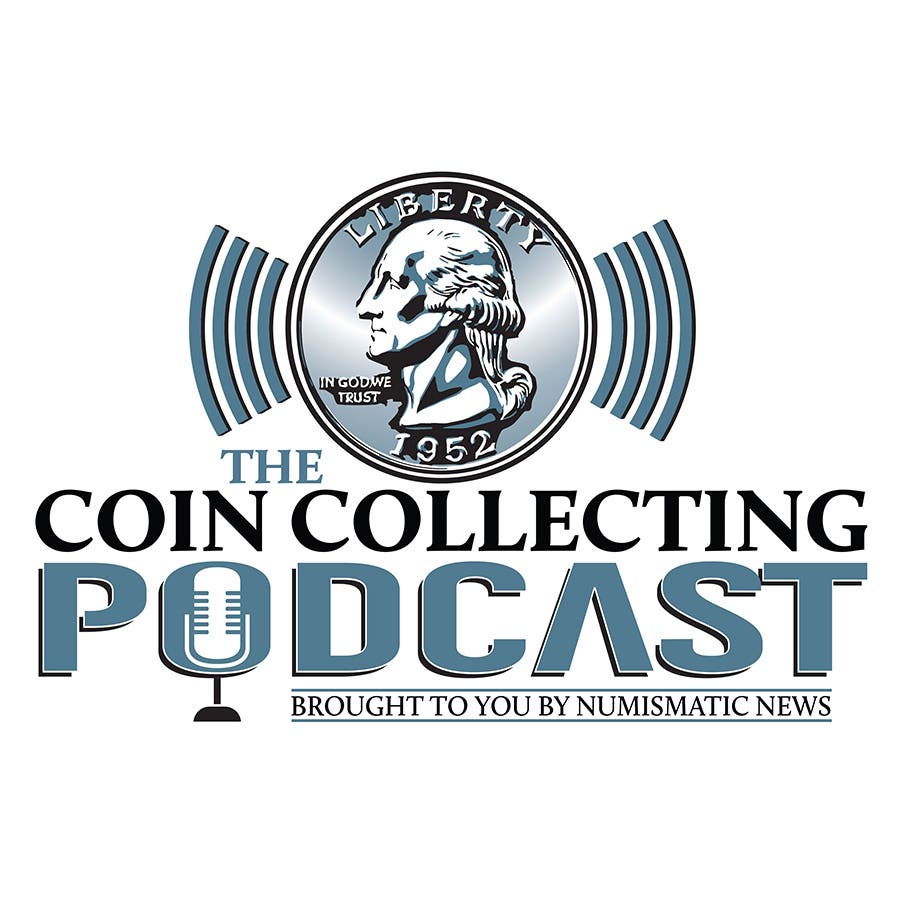Current problems pale beside 1965
If you are working for the U.S. Mint today, it might not seem to be the best of times judging from the letters of readers that appear on this page. However, the Mint is catching at least one break: It isn’t 1965.
If you are working for the U.S. Mint today, it might not seem to be the best of times judging from the letters of readers that appear on this page. However, the Mint is catching at least one break: It isn’t 1965.
Then as now it had become apparent that the composition of certain American coins, namely the dime, quarter and half dollar would have to be changed. High cost silver had to be replaced with something, but what?
Obviously the Mint found the answer and applied it. The copper-nickel clad coinage was born in that year and it has served the nation well.
However, the year of the birth of clad coinage was not a very pleasant one for the Mint. The United States was in the midst of a huge coin shortage as demand soared. There were doubts about the ability of the Mint to find the capacity to produce sufficient coins quickly enough. The Old San Francisco Mint, which had closed in 1955, was reopened and ancient coinage presses were taken out of museums to augment productive capacity.
Whereas today there are very obvious rough edges to the Mint’s relationship with the collector population, it is nothing compared to the active hostility between the camps in 1965. Coin collectors were fingered for the shortage.
Proof sets were abolished. Mint sets were abolished. Mintmarks were abolished. It was a dark time for the hobby.
It took the Mint three years to flood the country with clad coinage. By the end of 1968, there were almost no silver coins left in circulation. I know. I was looking for them.
To achieve this was a great strain on Mint resources. It was a great strain on collectors, too. Many left the hobby out of sheer boredom. It might be an exaggeration, but only a slight one, to suggest that by the end of 1968 you could find all of the available dates in circulation in an afternoon.
Today, the Mint has a problem with the high cost of metals in the cent and the nickel. But there is no coin shortage. That’s a big deal. The Mint has excess capacity and could, if needed, scale back up from its 10 billion coin capacity level to the 25 billion coin capacity it achieved in the year 2000.
Like what you're reading? Click here to subscribe to our FREE email newsletter!
That will make all the difference when the next transition to new compositions begins.
Unlike 1965, when the time comes for the Mint to begin striking coins in the new compositions to replace the old ones that could disappear rapidly, it will be able to do so and know it.
That is a superior place to be in.
As a result, collectors won’t be blamed for any problems that might arise. In fact, we collectors will be able to go on as we are, flexing our purchasing power, and complaining about missed purchase opportunities, defective packaging, late shipments and all of the other elements of our routine relationship to the Mint.
It is fortunate for all of us that the problems of 1965 are well in the past.
More Coin Collecting Resources:
• Subscribe to our Coin Price Guide, buy Coin Books & Coin Folders and join the NumisMaster VIP Program



